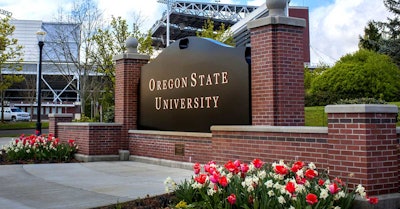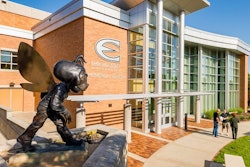A recent Oregon State University (OSU) study indicates that, when trying to inform college students about campus resources to help boost grades, students were more likely to click on links sent via email than via text message, and the most frequently used resource were the extra practice problems online.
The study – published in the Journal of Human Resources – tested various forms of advertising on 2,119 students in introductory economics classes at OSU during the 2018-19 academic year.
The study found that limited email reminders worked better than other methods, the optimal number being two. Emails increased service awareness by nearly 20%,
“It’s worthwhile to nudge students toward academic resources, but don’t stop there,” said lead author Dr. Todd Pugatch, associate professor of OSU’s Department of Economics in the College of Liberal Arts. “That will only get you so far in a certain segment of the student population, and these low-cost nudges can’t be a substitute for making a more personal relationship with students and getting a sense of the challenges they’re facing.”
Some of the results were disheartening, Pugatch said.
“Of the students who got at least one of these messages, either email or text, nearly one-third of them at the end of class reported ‘I’ve never heard of these services before.’ So that’s really discouraging,” Pugatch said. “Going beyond these electronic forms of communication will be necessary to reach a large subset of the student population that just isn’t responsive.”
Pugatch also said that the pandemic would probably render this type of email reminder less effective, partly due to the increase in overall electronic communication and partly because of mental health challenges.


















